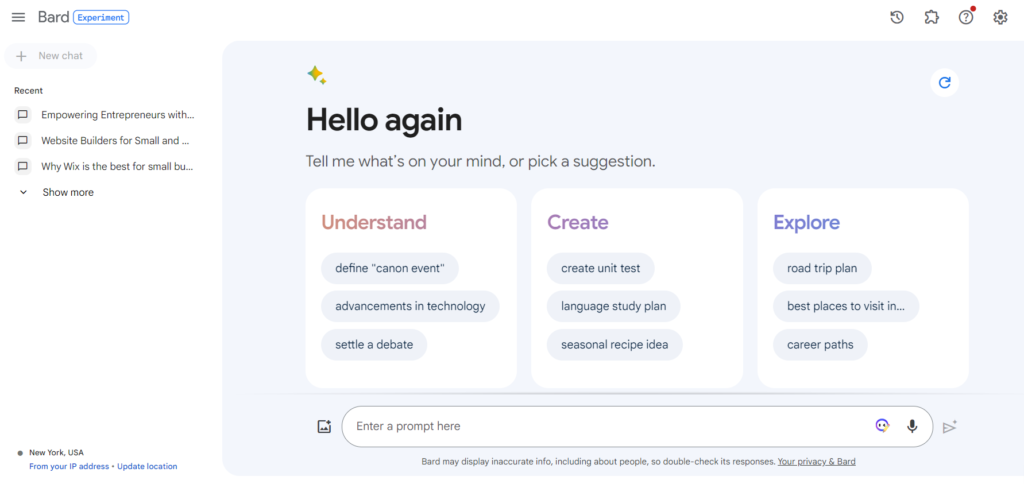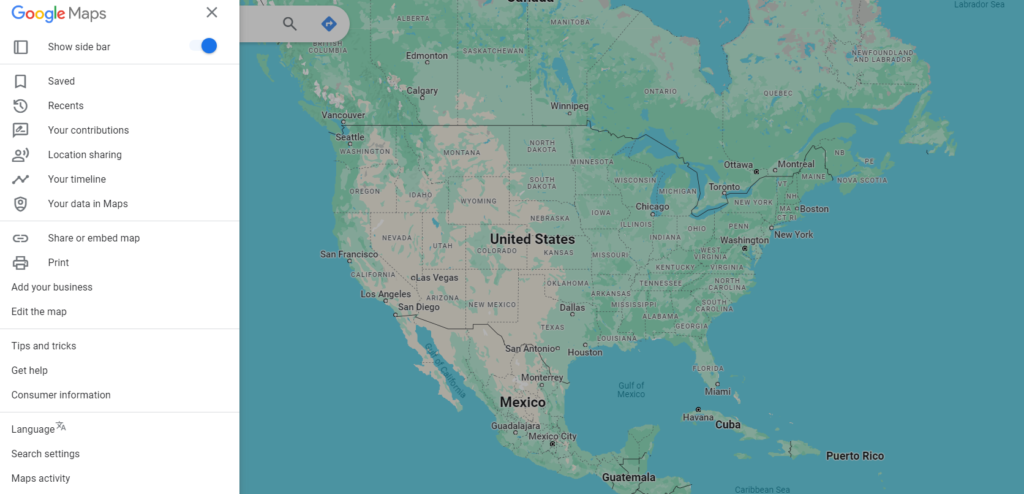Introduction
Google, a titan in the tech industry, has recently introduced several groundbreaking features and faced significant challenges. From a revolutionary image origin tracing feature and legal battles over AI ethics to the AI-powered evolution of Google Maps, these developments highlight Google’s influence and the complexities of the digital age.
Google Unveils Revolutionary Feature for Tracing Image Origins
Transforming Digital Image Interaction
Google’s new feature in image search allows users to trace the origin of an image, marking a significant advancement in digital image verification. This tool is crucial in combating misinformation and unauthorized image use.
Enhancing Digital Literacy

This feature, accessible through Google Images, provides a timeline of an image’s online journey, aiding in fact-checking and content authenticity. It’s a testament to Google’s commitment to improving the internet’s informational ecosystem.
Google, Microsoft, and AI: Legal and Ethical Challenges
Copyright Infringement and AI
Google, alongside OpenAI and Microsoft, is navigating the complex terrain of AI and copyright law. They argue that users should bear responsibility for any copyright infringement caused by AI outputs.
Legal Action Against AI Scammers
Google is actively pursuing legal action against groups exploiting its services, particularly those misleading users with AI tools like Bard. These dangerous individuals crafted deceptive social media profiles and launched advertising campaigns that duped users into believing they could “download” Bard, in reality, requires no such download. These misleading prompts instead directed users to malicious software that hijacked their social media accounts.
Bard in Antitrust Trial
Google’s AI chatbot Bard has been a focal point in an antitrust trial, highlighting the potential competitive advantages AI can offer in the search engine market.

Setting AI Ethics and Legal Precedents
These legal battles aim to set precedents in AI ethics and combat digital fraud, reflecting the growing need for regulatory frameworks in the AI domain.
Google Maps’ AI-Powered Evolution: Redefining Navigation
Immersive View for Routes
The ‘Immersive View for Routes’ feature in Google Maps combines Street View, aerial imagery, and live data to offer a dynamic preview of routes, enhancing the navigation experience. Using advances in AI and computer vision to create a rich, digital model of the world.
Lens in Maps
The feature was formerly known as “Search with Live View.” This feature improves orientation in unfamiliar locations, integrating a more realistic view into the map interface. By tapping on the Lens icon in the search bar, the user can view the location on a map in a more real-world way.
Enhanced Details and Realism
Google Maps now features more detailed and lifelike representations of locations, elevating the visual experience of digital mapping.

Electric Vehicle Charging Locations
The updated app provides comprehensive information about charging locations for electric vehicle owners.
New Search Capabilities
Google Maps introduces new ways to search for activities, offering quick guides for travelers.
Conclusion
Google’s recent innovations and challenges underscore its pivotal role in shaping the digital landscape. From enhancing image verification to navigating legal complexities in AI and revolutionizing digital mapping, Google continues to push the boundaries of technology.
Frequently Asked Questions
Q: How does Google’s image origin tracing feature work?
It uses Google’s search algorithms to provide a timeline of an image’s online journey, helping users verify its origin and context.
Q: What are the legal challenges Google faces regarding AI?
Google is dealing with issues around copyright infringement, AI scammers, and its role in antitrust trials, focusing on the ethical use and regulation of AI.
Q: What new features does Google Maps’ AI-powered update include?
Key features include ‘Immersive View for Routes,’ ‘Lens in Maps,’ enhanced visual details, information on electric vehicle charging locations, and new search capabilities for activities.